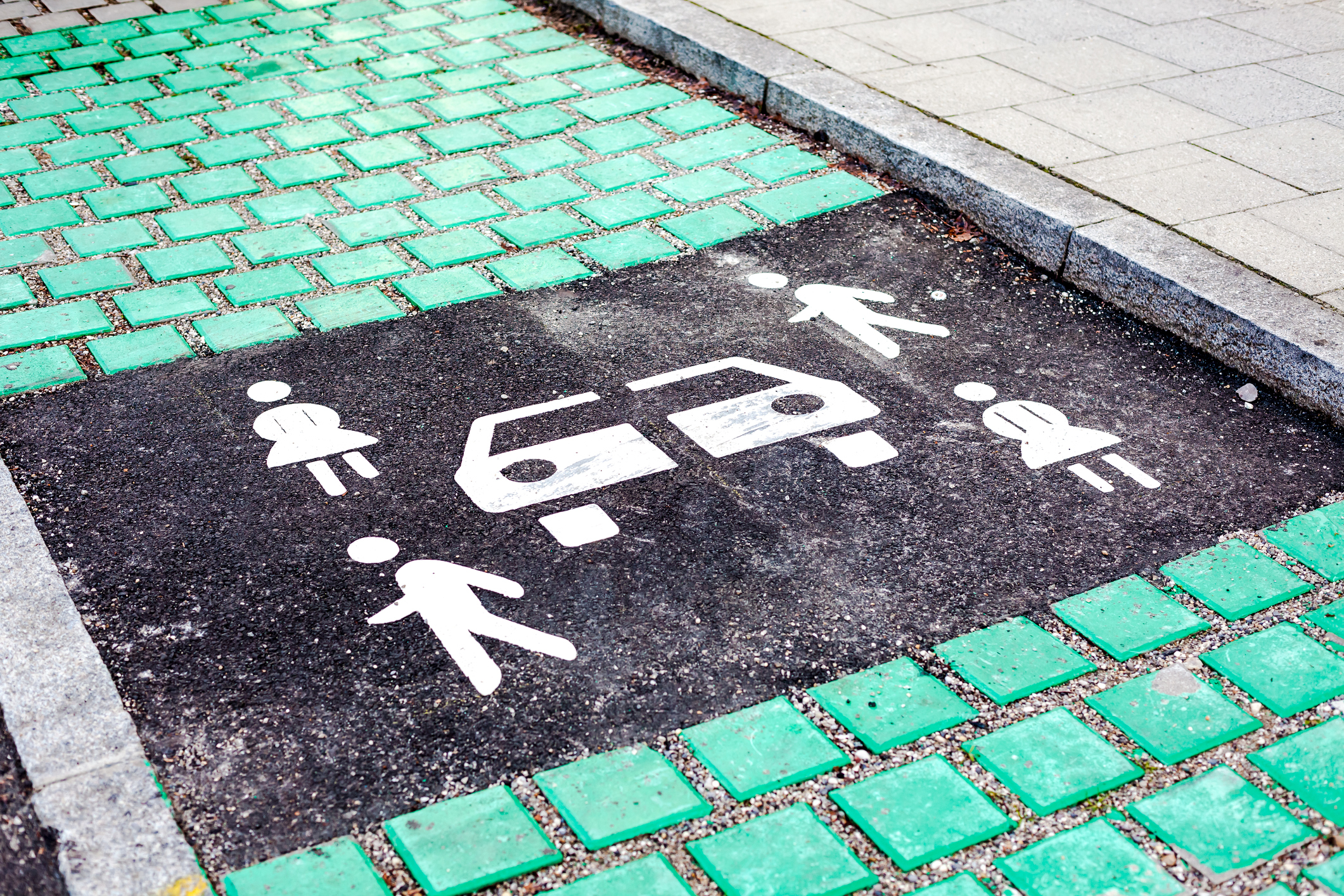
Parking can be a major headache for some. Yes, if you are reading this you are most likely in the parking industry, but we all know when not managed correctly, parking can be a pain. It can often be expensive to build and maintain parking spaces, and it can be difficult to find parking for employees and customers. Shared mobility can help cities, venues, airports, and more to solve these problems and improve their bottom line.
Searching for a car space is a well-known frustration for us all. In busy environments like airports, venues, or shopping centers, often the search for an available space can ruin your outing before it has properly begun. In fact, according to a study from analytics firm Inrix, German motorists spend an average of 41 hours a year looking for parking spaces. This costs each individual an additional €896 in fuel, carbon emissions, and time lost. The total cost to the country as a whole is a whopping €40.4 billion.
Ensuring that there are adequate spaces available is essential for modern-day living, and shared mobility services may be the answer to this.
Ride-share services are already very popular in many urban environments. Uber, Bolt, and Lyft have all changed the way people move around cities. These services allow people to have on-demand access to transport without the need for personal vehicles or the often frustrating task of keeping up with public transportation.
Beyond car-based options, micro-mobility solutions like electric scooters and bicycles have gained popularity for short trips. These compact, eco-friendly modes of transportation are well-suited to urban environments and have the potential to reduce traffic congestion and carbon emissions.
So what does this mean for parking, and how can we incorporate shared mobility into our current parking facilities?

Far from rendering parking lots obsolete, shared mobility and micro-mobility will mean the need for updated parking options will be higher than ever. Good news for parking operators!
We can already see some companies adapting to the rise in micro-mobility, like BG Drives offering solutions control access to bike parking, and IP Parking offering bike renting services.
But what should businesses and municipalities do to make their spaces more mobility share/micro-mobility friendly?
Designated Shared Mobility Zones
For inner city parking operators, venues, and even businesses, making it easy for ride-sharing to have their own parking, drop-off an pick-up points is essential. Creating clearly marked pick-up and drop-off zones for rideshare vehicles is a good place to start. These zones should be conveniently located near entrances and easily accessible, with clear signage for drivers and passengers.
Also, considerations should be made to designate spaces for micro-mobility vehicles such as electric scooters and bicycles. Install racks, docking stations, charging stations, or designated parking areas to keep these vehicles organized and prevent clutter.
Integrate the Latest Technology
People are more likely to use ride-sharing or micro-mobility options if they can be sure there are services available when most needed, especially office commuters. Collaborate with rideshare and micro-mobility providers to integrate their services into popular navigation and rideshare apps. This will help users easily locate and access your car park while using shared mobility options.
Using these services should be stress-free, and even enjoyable. Making it easier to pick more eco-friendly options will ensure users will gravitate towards using your facilities first.
Create Clear Wayfinding
Implement QR codes or digital wayfinding solutions to guide users to designated zones within your car park. The last thing users want is to find your facility and then get lost in it. Make sure there are very clear signage and wayfinding solutions available, ideally nonspecific to one language. If you are a venue or city organisation, you will have non-nationals visiting who perhaps do not speak your language well. Using globally recognized symbols will prevent confusion and encourage visitors to come back!
Education and Outreach
Launch awareness campaigns to inform users about the shared mobility-friendly features of your car park. Educate through social media, newsletters, websites, and advertising about the convenience and benefits of using shared mobility options in conjunction with your parking facility. Make sure to collaborate with local transportation authorities to ensure that your shared mobility initiatives align with broader urban mobility strategies and regulations.
In short, shared mobility is reshaping the urban transportation landscape and challenging traditional notions of parking. As we are faced with the evolving demands of shared mobility, collaborative efforts between policymakers, urban planners, technology providers, and the private sector are essential in creating a seamless integration of shared mobility options and parking solutions. The end result will be more sustainable, efficient, and livable urban environments that cater to the needs of a dynamic and interconnected society.
Are you ready for the next step in parking? Let us know by getting involved on social media posts or emailing us at editor@parking.net, we'd love to hear from you!





